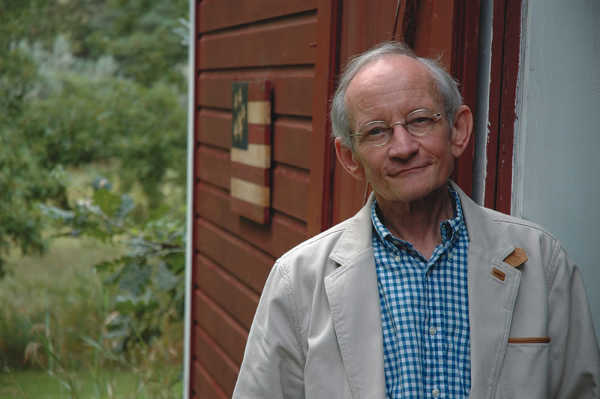‘WONDER WOMAN 1984’ RATED PG-13
The origin story of Wonder Woman was developed in the 2017 film named after the DC Universe superhero, delivering the elegant, stunning and strong Gal Gadot as the demigod warrior on a mission to thwart the Germans during the First World War.
“Wonder Woman 1984” places Diana Prince (Gadot reprising the role), whose alter ego is the superhero, into the thick of the Cold War era where a con-man utilizing the television medium to promote a Ponzi scheme may prove more threatening to mankind than the Soviets.
But first, the film opens with a flashback to the paradise island of Themyscira that is inhabited solely by Amazon warrior women. As a young girl, Diana competes in a grueling triathlon against adult women more than twice her size.
Showing grit and determination in a contest of skill and strength that represents a hybrid of Olympic competition and a fantasy match in a “Harry Potter” film, Diana learns a valuable and virtuous life lesson from her elders.
The year 1984 brings the still elegant Diana to the position of a staff archeologist at the Smithsonian Museum in Washington, D.C., where she studies and catalogs ancient artifacts, one of them being a seemingly ordinary stone object that is anything but mundane.
In a reflection of the solitary responsibility shouldered by one possessing superpowers, Diana appears to be a loner, even aloof from her colleagues. This also could be her still longing for the lost love of her life, pilot Steve Trevor (Chris Pine), a casualty of war.
However, she befriends Smithsonian colleague Barbara Minerva (Kirsten Wiig), a nerdy, awkward geologist who is overlooked or dismissed by workmates and harassed by louts on city streets.
Barbara takes an interest in the odd stone object that Diana has deemed to be of no significant value, at least not until TV con artist Maxwell Lord (Pedro Pascal) who peddles get-rich-quick schemes on oil prospecting wants to get his hands on it.
The stone has power to grant anyone’s wish, which leads to Steve’s return from the dead. Diana’s love has delightfully humorous fish-out-of-water encounters with the marvels of technology and the gaudiness of contemporary wardrobes.
As for her part, Barbara covets the confidence, strength and appeal of her glamorous colleague, not realizing that there is much more to Diana’s poise and beauty than surface appearances.
Meanwhile, the snake oil salesman Maxwell Lord, who cares about no one other than himself and his young son Alistair (Lucian Perez), ingratiates himself into the museum’s work for ulterior motives.
The beginning and middle parts of the story in the nation’s capital allow Diana to moonlight on occasions in crimefighting with random acts of heroism, like rescuing kids from deranged robbers at a mall or saving an oblivious pedestrian from being creamed by a speeding Pontiac.
But when Steve is back in the picture, the duo take flight in a purloined jet and head to the Middle East for other heroic acts contra the dastardly plans of Maxwell Lord for world domination and supremacy in the oil markets, or something to that effect.
Truth of the matter is that in the middle part, aside from great stunts by Wonder Woman disrupting a hostile military convoy in the desert, a lot of the action, with the exception of fight scenes in the White House, becomes forgettable not long after the viewing.
What is not so unmemorable is the evolution of Barbara into full villain mode as the Cheetah, whose powers grow stronger while Diana’s appear to diminish. And yet, the Cheetah looks more like a cast member in an Andrew Lloyd Webber musical than true menace.
In his quest for self-aggrandizement, Maxwell Lord becomes more a caricature of overacting than a true threat to the world, even though he’s a megalomaniac destined to fail as he’s ultimately no match for Wonder Woman.
In this dreadful year of a global pandemic, movie studios have struggled with how or even whether to open any tentpole films that deserve the big screen experience. “Wonder Woman 1984” may be viewed on HBO Max and whatever theaters might be open.
Does this superhero movie lose its full impact by being seen on a flat screen in one’s family room? The hunger for blockbuster entertainment not on a streaming service makes it worth the effort for fans of this genre.
At a running time of two and a half hours, “Wonder Woman 1984” could have been trimmed, or at the very least, the wait to get to the climactic action with Diana in full superhero costume, whipping her mystical lasso, could have come sooner.
Be sure to hang through the end credits for a special appearance of an iconic figure, still looking marvelous after all these years and demonstrating that she’s still got it.
Tim Riley writes film and television reviews for Lake County News.

 How to resolve AdBlock issue?
How to resolve AdBlock issue? 





